
During World War II, an advance Soviet armored column under General Konstantin Rokossovski reaches the Vistula River along the eastern suburb of Warsaw, prompting Poles in the city to launch a major uprising against the Nazi occupation. The revolt was spearheaded by Polish General Tadeusz Bor-Komorowski, who was the commander of the Home Army, an underground resistance group made up of some 40,000 poorly supplied soldiers. In addition to accelerating the liberation of Warsaw, the Home Army, which had ties with the Polish government-in-exile in London and was anti-communist in its ideology, hoped to gain at least partial control of Warsaw before the Soviets arrived.
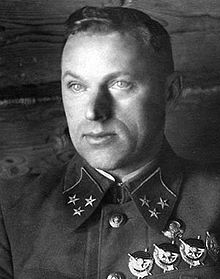
Although the Poles in Warsaw won early gains--and Soviet liberation of the city was inevitable--Nazi leader Adolf Hitler ordered his authorities to crush the uprising at all costs. The elite Nazi SS directed the German defense force, which included the Kaminiski Brigade of Russian prisoners and the Dirlewanger Brigade of German convicts. In brutal street fighting, the Poles were gradually overcome by the superior German weaponry. As the rebels were suppressed, the Nazis deliberately razed large portions of the city and massacred many civilians.

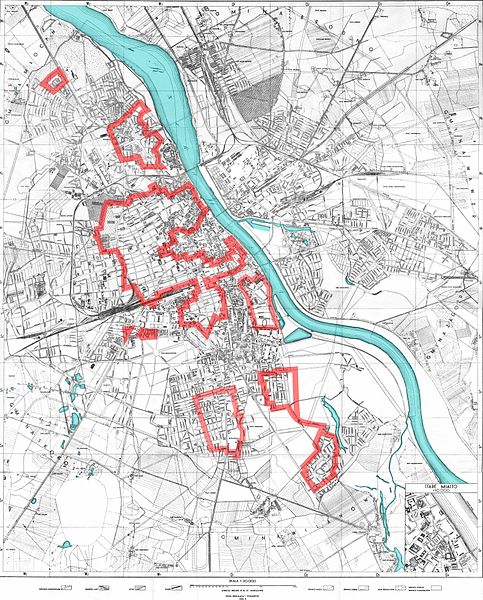

Meanwhile, the Red Army gained several bridgeheads across the Vistula River but made no efforts to aid the rebels in Warsaw. The Soviets also rejected a request by the British to use Soviet air bases to airlift supplies to the beleaguered Poles. The rebels and the city's citizens ran out of medical supplies, food, and eventually water. Finally, on October 2, the surviving rebels, including Bor-Komorowski, surrendered.



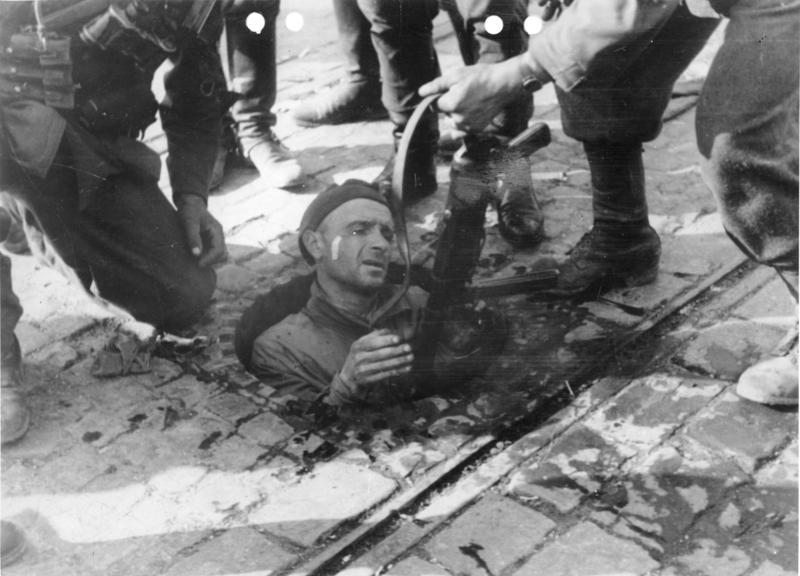
During the 63-day ordeal, three-fourths of the Home Army perished along with 200,000 civilians. As a testament to the ferocity of the fighting, the Germans also suffered high casualties: 10,000 killed, 9,000 wounded, and 7,000 missing. During the next few months, German troops deported the surviving population, and demolition squads destroyed what buildings remained intact in Warsaw. All of its great treasures were looted or burned. The Red Army remained dormant outside Warsaw until January 1945, when the final Soviet offensive against Germany commenced. Warsaw, a city in ruins, was liberated on January 17. With Warsaw out of the way, the Soviets faced little organized opposition in establishing a communist government in Poland.
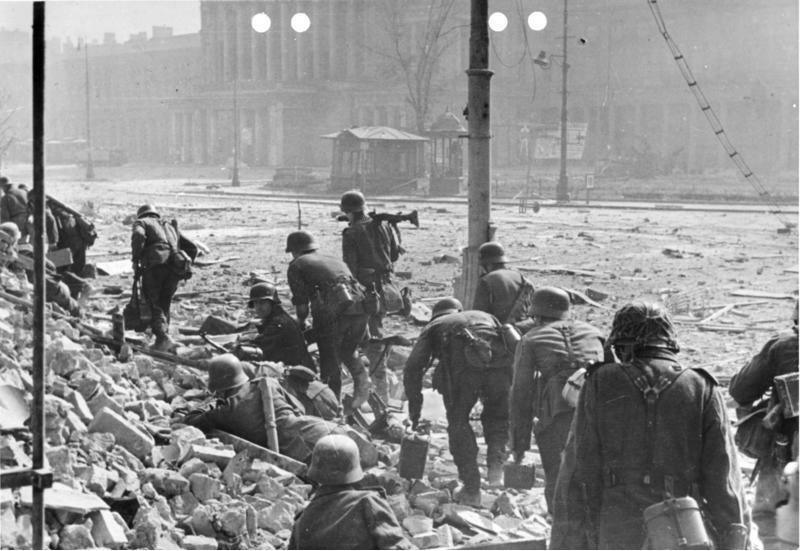
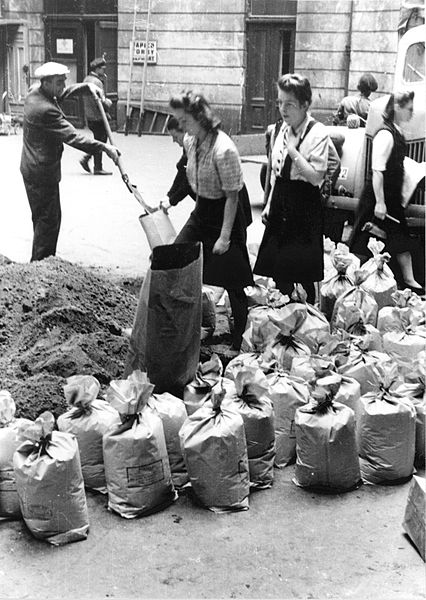

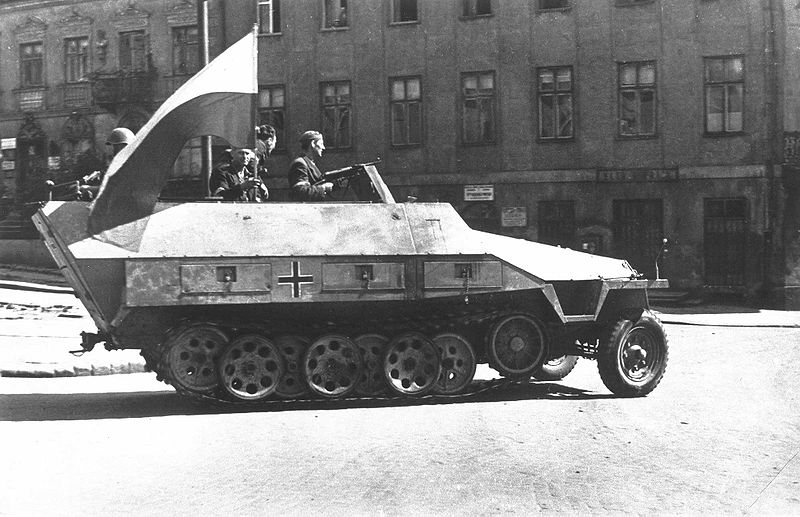

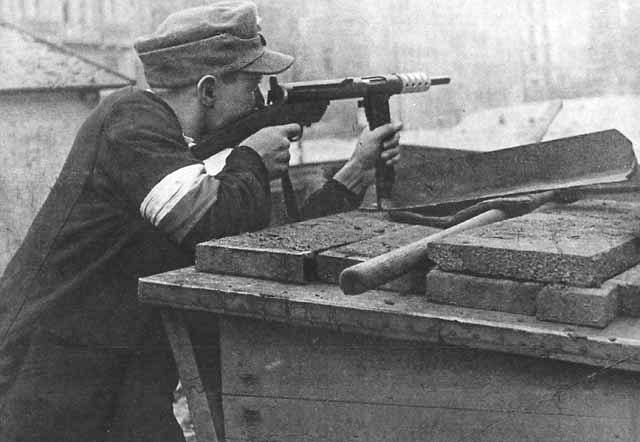
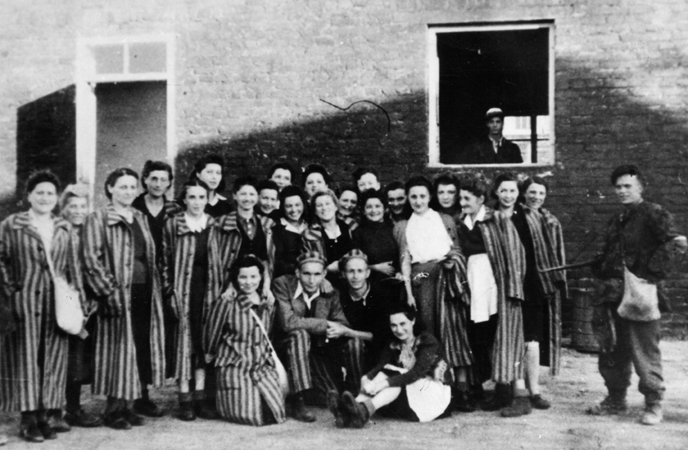

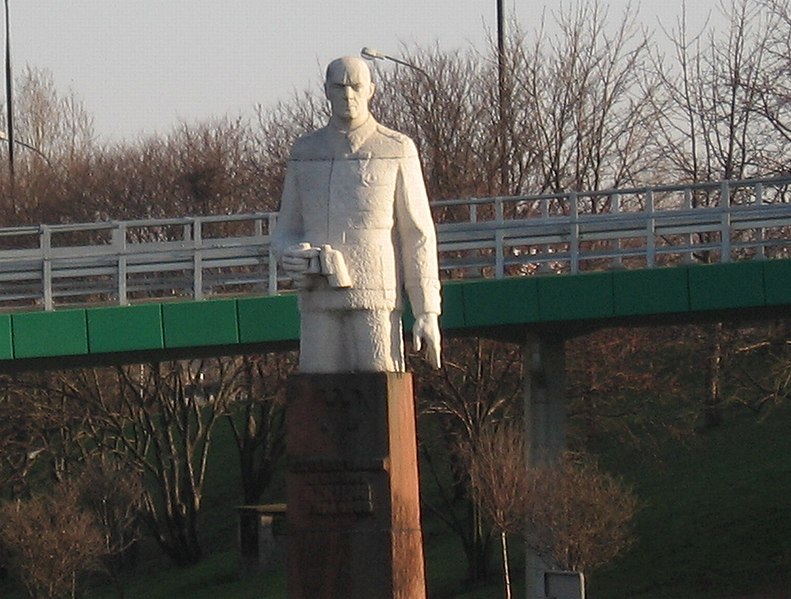
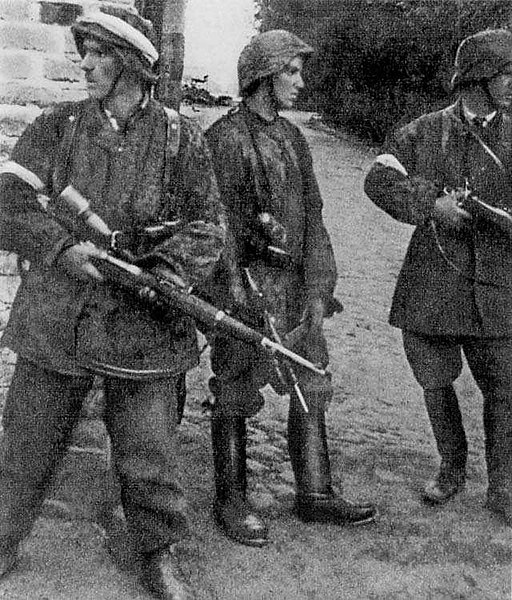


taken from: http://www.history.com/this-day-in-history/warsaw-revolt-begins [01.08.2013]

No comments:
Post a Comment